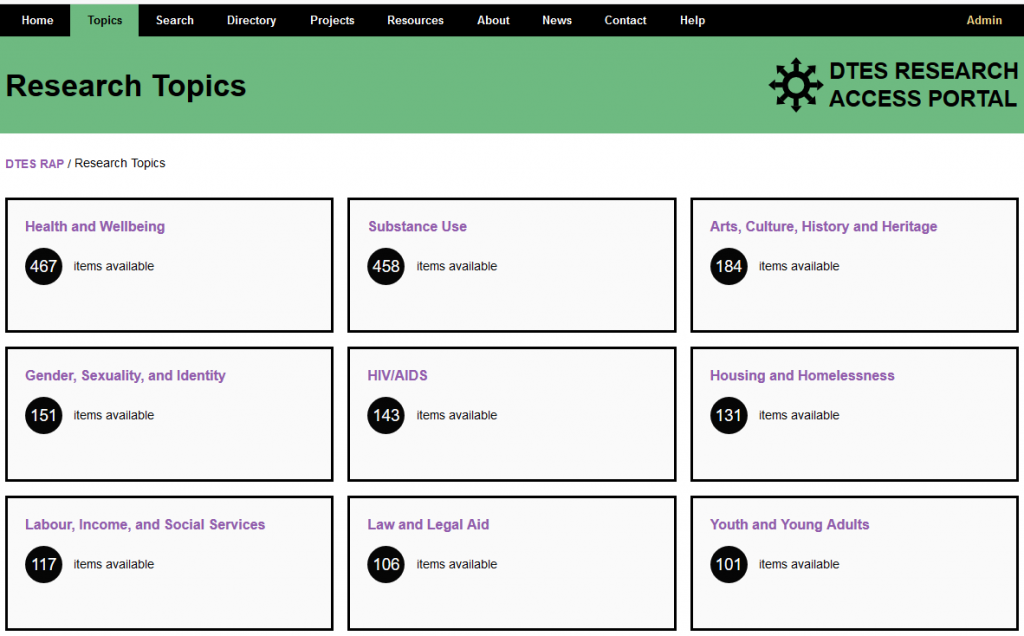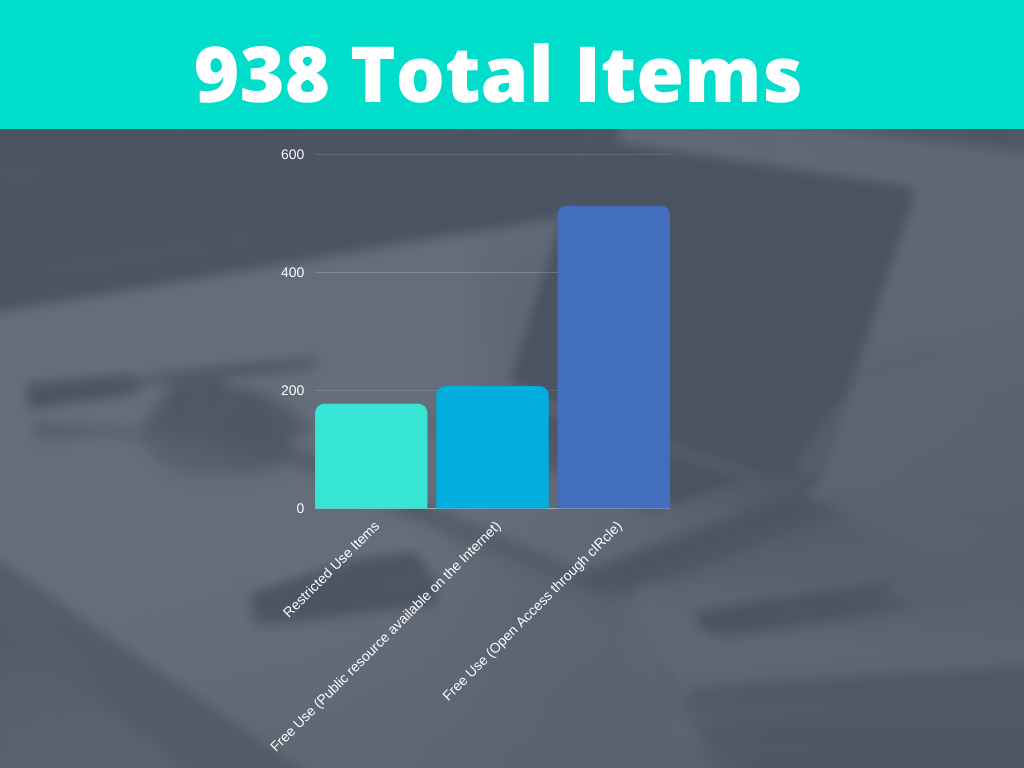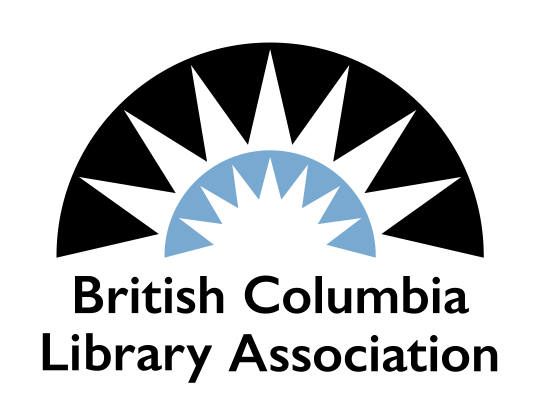Introduction
How can libraries work collaboratively with community members and across institutions to redress information privilege? The Making Research Accessible initiative’s Downtown Eastside Research Access Portal (RAP) is one such example. The RAP is an easy-to-use resource that improves access to academic and community-generated research materials relevant to Vancouver’s Downtown Eastside. This case study provides insight into how the many individuals involved in this project have worked together over the past several years to address issues such as open access, extractive research practices, and knowledge exchange in a community setting. Learn how we got to this stage and what questions we’re still wrestling with as we move this work forward.
What is information privilege?
American academic librarian Char Booth coined the phrase “information privilege” in 2013, to describe this condition: those with information privilege have the status, economic access, skills, structures, and networks that empower them to find and use vast amounts of diverse information, in many contexts. Information privilege not only encompasses access to knowledge products and means of production, but also points towards the idea of epistemic justice, which concerns itself with whose knowledge and ways of knowing are valued. In other words, there’s a credibility that comes with information privilege that those who have less of it do not enjoy. Many librarians are themselves beneficiaries of this privilege, rendering it invisible without closer scrutiny and reflection. We must actively mitigate this implicit bias in order to effectively serve our communities.
In libraries, we often pride ourselves in efficiently providing the right information for the right person at the right time. This mythic purpose statement has inspired countless library workers over the past century who see their institutions as essential social infrastructure. Yet libraries are not immune to perpetuating the systemic oppression evident in so many of our public institutions. If we blithely accept our intent as outcome, our idealized self-image as reality, we undermine our ability to facilitate equitable access and realize social impact in our work. Conventional practices will inevitably favour the privileged.
Information privilege in the Downtown Eastside
The dynamics of information privilege are particularly striking in Vancouver’s Downtown Eastside. The Downtown Eastside is a diverse community situated on the unceded, traditional, and continuously occupied territory of the xʷməθkwəy̓əm (Musqueam), Skwxwú7mesh (Squamish), and Səl̓ílwətaɬ (Tsleil-Waututh) peoples. It consists of seven adjoining neighbourhoods, each with a distinct character. Deficit-based and stigmatizing narratives abound in popular media, but they do not tell the whole story. The Downtown Eastside is a hub of social innovation, arts and culture, and political activism. Community members’ resilience in the face of overlapping challenges draws strength from a tightly knit social fabric. This unique context has been a magnet for academic research. In the early stages of this project, we found over 500 studies based in the Downtown Eastside between 2000 and 2015 alone.
At the UBC Learning Exchange, a shared community-university learning space operating in the Downtown Eastside since 1999, we have heard firsthand from residents about their frustration with extractive ways of doing research. Métis scholar Adam Gaudry (2011) finds that contemporary research frequently follows this familiar methodology: researchers enter a marginalized community and extract valuable information for an academic audience to their own benefit. The researcher’s main responsibility lies with the institution, rather than the community. As Gaudry writes, “[l]ost in this extractive process are the context, values, and on-the-ground struggles of the people and communities that provide information and insight to the researcher,” (p. 113).
Downtown Eastside residents, too, have rarely experienced the benefits of studies built on their experiences, knowledge, and participation. Similar or identical studies are often repeated; and in many cases, the results are inaccessible, either hidden behind a paywall or otherwise difficult to find. This knowledge ecosystem exacerbates the disparity in information privilege experienced between researchers and community members.
Origins of the Making Research Accessible initiative
As a first step, the Learning Exchange hosted community consultations to learn more about perceptions of research in the neighbourhood and the potential role we might play in addressing these concerns. We found out that there was a need to both access academic research about the Downtown Eastside, and to make materials created by community organizations more easily discoverable. This would need to be an initiative not only concerned with access but knowledge exchange.
In light of this community-identified need, the Learning Exchange began to leverage its reputation as a “cultural broker” (Towle, Leahy, 2016, p. 80) with deep connections in the Downtown Eastside and the university to support reciprocal research-related initiatives, and to develop a more engaged and collaborative culture of knowledge exchange. One way the Learning Exchange has looked to shift these practices in new and ongoing research projects is by introducing in 2016 the role of community-based research coordinator to connect community members and researchers.
Our assessment of information privilege in the Downtown Eastside led to a formal partnership between the UBC Learning Exchange and UBC Library’s Irving K. Barber Learning Centre to address the lack of meaningful access to research in the Downtown Eastside. Soon, we also formed partnerships with librarians at Simon Fraser University Library and Vancouver Public Library to form the Making Research Accessible initiative (MRAi). Its goals are to:
- Increase access to research about the Downtown Eastside
- Raise the profile of Downtown Eastside community materials
- Facilitate knowledge exchange between researchers and community members.
We started to address these goals by developing an open access collection of UBC research (articles, UBC theses, and community and partners’ published works) in UBC’s institutional repository, cIRcle, using the geographic location tag Downtown-Eastside (Vancouver, B.C.) The collection quickly grew to 300 items, but feedback from community members confirmed the need for a landing page to enable browsing and correlating items like research summaries. In 2016, we launched an early proof-of-concept version of the RAP called the Info Hub.
We asked stakeholders about their experience using the site and how we could make it more relevant and easier to use. Three key pieces of feedback informed the next steps for this project. First, community members wanted to see more representative images of the Downtown Eastside rather than generic icons. Second, they recommended an expanded topic-based, browsable list of items in asset-based, people-first language to replace searching the cIRcle collection with outdated or inappropriate Library of Congress subject headings and overly discipline-specific subject terms such as Medical Subject Headings (MeSH). Finally, they wanted to see alternative genres such as videos, podcasts, and summaries correlated with longer form scholarly articles. It soon became apparent that a custom searchable interface would be necessary.
Following a few more iterations and sessions to collect further feedback, UBC Library and the Learning Exchange embarked on a new design process for what became the RAP. A critical component of this work was identifying key user groups—residents, community groups, researchers, and students—so that we could design the RAP based on how they might use it. During this phase, we partnered with Supporting Transparent and Open Research Engagement and Exchange (STOREE), a collaborative research project which three of the authors are involved in. STOREE co-investigators and staff helped to design and facilitate a preview user feedback session for community members and surfaced critical feedback prior to the spring 2020 launch of the RAP. Feedback included the need to clarify jargon; to include item-level help as well as broader help pages to orient people to the portal’s features and terminology; to confirm what metadata is most important to key user groups; and to reorder item pages.
Launching the Downtown Eastside Research Access Portal
In spring 2020, we launched the Downtown Eastside Research Access Portal. We’ve added over 900 items to the portal so far, including academic research, community reports, editorials, podcasts, newsletters, and research summaries. We know that curating research-related content is not enough by itself to meet this community-identified need to access the results of research conducted in the Downtown Eastside. Meaningful knowledge exchange is a process that requires a range of approaches and activities developed with and for those involved.
One way we have improved discoverability of items in the portal is by co-creating an evolving list of 15 topic tags based on frequent research areas. These topics use person-first, asset-based language such as Health and Wellbeing, Food Sovereignty and Security, and Housing and Homelessness. As confirmed in our user feedback sessions for the Info Hub, Library of Congress subject headings are too frequently problematic or outdated, difficult for users to quickly interpret, or otherwise unsuited for the unique context of the Downtown Eastside. With topic tags, RAP users can browse the portal using terms that are more relevant and acceptable to them.
 Screenshot of Research Topics page of the Downtown Eastside Research Access Portal. Click image for larger view.
Screenshot of Research Topics page of the Downtown Eastside Research Access Portal. Click image for larger view.
More than 75 per cent of the items in the portal are free-use resources, many of which have been archived in collaboration with cIRcle. The remaining, restricted-use items may require an institutional affiliation or paid access. They have been included in the collection to provide a clearer picture of the scope of research in the Downtown Eastside. Anyone using the RAP can ask for help accessing a free-to-use version of restricted items. Our team responds by using the best tools at our disposal to help them get access, including referrals to the Community Scholars program for nonprofit organization staff, connecting with academic databases that public libraries subscribe to, exploring alumni access privileges for university graduates, and getting in touch with researchers to find pre-print versions not subject to the same copyright restrictions.
 RAP collection snapshot created by Anita Fata, November 2020. Used with permission. Click image for larger view.
RAP collection snapshot created by Anita Fata, November 2020. Used with permission. Click image for larger view.
In many cases, we work directly with researchers to help them make open access versions of their work available. We are also asking them to add their contact information and details about their current research projects to the portal in our directory and projects pages. As we have started to introduce this resource to more community members, we have noted their consistent interest in contacting researchers to provide feedback, share insights, or ask questions about the projects they are working on.
We have recently launched a help service for the RAP. This includes one-on-one support and research consultations from our community engagement librarian, a new role piloted by the Learning Exchange in April 2020. This embedded librarian role was created to help realize more meaningful knowledge exchange with this project through engagement activities, workshops, and customized assistance for community members.
Our help service also includes task-oriented, step-by-step guides informed by clear language and design, a more expansive approach to plain language that also considers the way design features impact clarity and understanding. Like many other components of the portal, these materials were brought to several different key user groups for feedback during their development. In two separate community feedback sessions, we heard that it would be helpful to include clear language definitions for some frequently used terms in the portal. We added these to make it easier to use the portal itself as well as other resources and databases that use similar language.
What’s next?
Since the launch of the RAP earlier this year, we have focused on outreach and engagement activities to increase awareness of the portal among our key user groups and demonstrate how it might meet their needs. These activities have been developed based on the anticipated use of the RAP for each group and in conjunction with our evaluation plan. While the pandemic has forced us to curtail many of the in-person activities we initially had in mind, we have been exploring new ways forward with the input of community leaders.
Our engagement activities have led us to new potential user groups we had not at first considered, such as secondary school teachers who might be able to use the RAP in lesson plans, or journalists who might use the RAP in their reporting. This is only one example of the way in which this project has been responsive to new opportunities and challenges during its development.
We also realized that librarians are key intermediaries who are uniquely positioned to connect students, researchers, residents, and community organization staff with information at the point of need. In summer 2019, we held a metadata-thon with library staff and librarians, iSchool students and faculty, that not only solicited new items for the RAP and created metadata for them, but also engaged this group with the concerns of our project. To help librarians integrate the RAP into their reference work, we have held workshops with UBC and SFU library staff and students at the UBC iSchool. The RAP appears on UBC and SFU Libraries’ online resources pages and as a recommended resource within SFU’s ILS. A librarian on our MRAi committee has promoted the database to Vancouver Public Library (VPL) librarians across all work units and branches. The portal has also been added to a list of online resources on VPL’s website. Another approach will be to provide a demonstration at a meeting of VPL’s community librarians, who work with organizations that support vulnerable populations.
We would like to expand the genres of items in the portal to address accessibility and time-related barriers to scouring full-length research articles. This work has started with the inclusion of podcasts and research summaries. We also developed a collaborative pilot project in which first-year UBC students created infographics as derivatives of research articles in the RAP. Initially, the assignment was to write plain language summaries for academic articles, but with the support of a VPL workshop, the focus shifted to creating infographics. Some of these infographics are in the process of approval for the portal, and we are in the midst of planning for the second year of engagement with this class.
A question that we consistently wrestle with is the scope of this project. As more opportunities for new directions are suggested, we return to the core goals of the MRAi and community priorities to help us make decisions about how to spend our time and resources. This frequently comes up in reference to what’s in the collection. Key user groups have expressed interest in research from outside the Downtown Eastside that would be relevant for its methodology or connection to important topics in the community. We do not yet have the capacity to expand this aspect of the project as we work through a backlog of research that’s taken place within the Downtown Eastside, but it is something we hope to tackle soon.
As we continue with the next phase of the RAP, we regularly check in with our partners, community organizations, and community members to evaluate whether we are meeting our purpose and how best to advance our shared goals. Every step of the way, we are reminded to check our assumptions and be flexible in our next steps. The diverse perspectives, unique expertise, and relational strengths brought forward by everyone involved in this project has resulted in a more robust—and we hope useful—community resource than any one of our institutions or organizations would have been able to create alone.
If you would like to stay up-to-date with the further development of the Downtown Eastside Research Access Portal, please subscribe to our newsletter. We also encourage you to use the RAP when relevant in your work and to share it with your colleagues. If you have any feedback on this project, or would like to request a workshop or demonstration for your organization, please contact Nick Ubels at [email protected]
Nick Ubels (he/him) is a community engagement librarian at the UBC Learning Exchange and Irving K. Barber Learning Centre working alongside community members in Vancouver’s Downtown Eastside. He believes that libraries can have a transformative impact when their work is community-led and focused on equity, diversity, and inclusion.
Aleha McCauley is the community engagement librarian at UBC Library’s Irving K. Barber Learning Centre. Aleha was one of the early members of the Making Research Accessible steering committee and is the project lead on the Downtown Eastside Research Access Portal.
Angela Towle is the Academic Director of the UBC Learning Exchange and chairs the Making Research Accessible steering committee. She is an associate professor in the Faculty of Medicine at UBC and co-directs the Patient & Community Partnership for Education unit in the Office of UBC Health.
Heather De Forest is a librarian at Simon Fraser University Library. She leads the Community Scholars Program, an initiative which connects people working in nonprofit organizations with scholarly publications. She is a member of the Making Research Accessible steering committee.
Desiree Baron (she/her) is head of the nə́c̓aʔmat ct Strathcona Branch of the Vancouver Public Library. This year, she helped open Canada’s first public library computing lab after the pandemic closures. Outside of her leadership role, Desiree is a passionate advocate of fanfiction and the romance genre. She is an administrator of a Star Wars interest group with over 3,100 fanfiction readers, writers and artists from all over the world.
References
Booth, C. (2014). On information privilege. info-mational. https://infomational.com/2014/12/01/on-information-privilege/
Gaudry, A. J. P. (2011). Insurgent research. Wicazo Sa Review, 26(1), 113-136. https://doi.org/10.5749/wicazosareview.26.1.0113
Towle, A., Leahy, K.M. (2016). The Learning Exchange: a shared space for the University of British Columbia and Vancouver’s Downtown Eastside communities. Metropolitan Universities, 27(3). https://journals.iupui.edu/index.php/muj/article/view/21372

